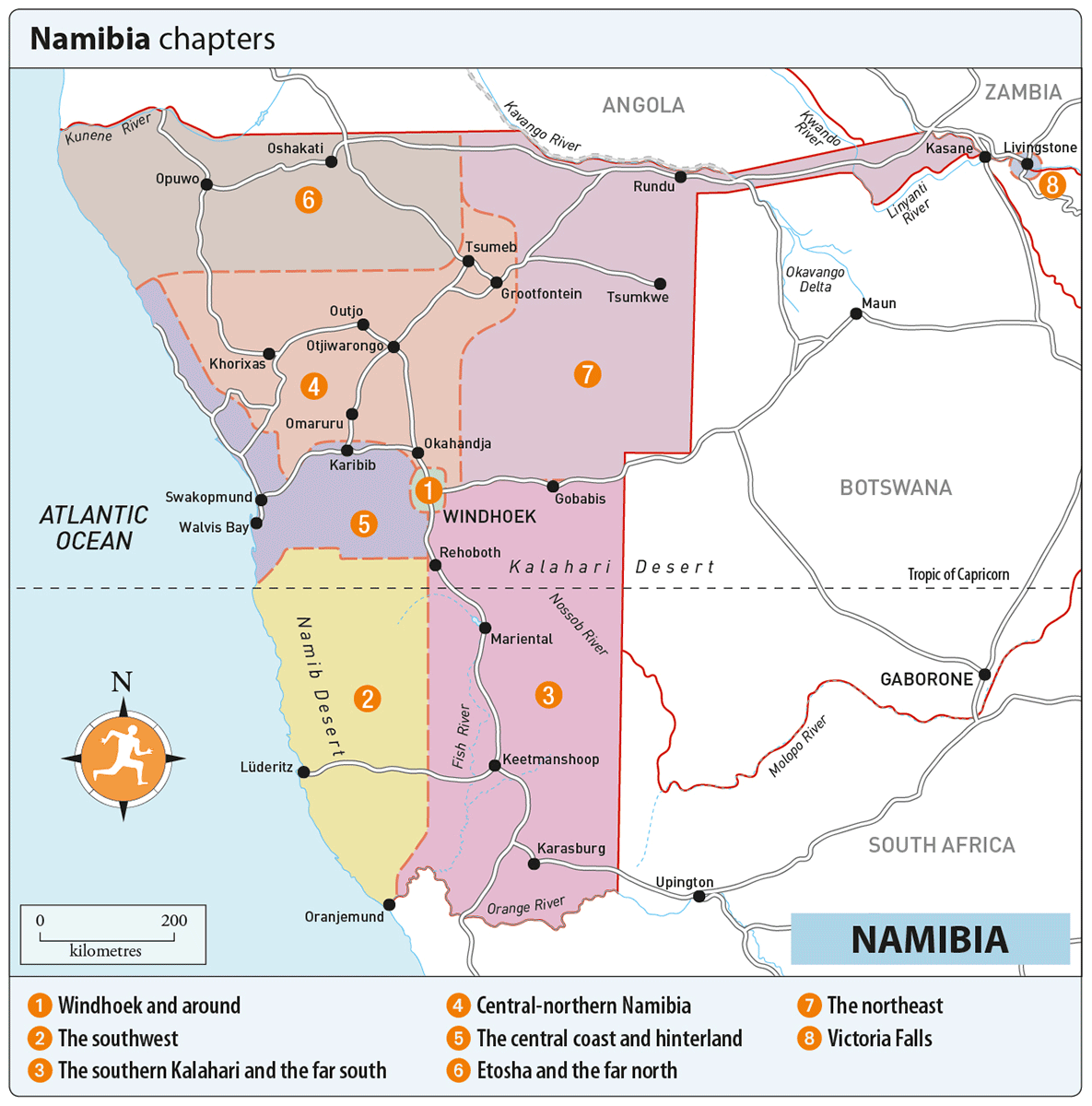INTRODUCTION TO NAMIBIA
A vast land of mesmerizing landscapes, abundant wildlife and an astonishing array of natural wonders, Namibia promises adventure. Its defining feature is the Namib, an ancient desert that runs the entire 1500km of the countrys wind-lashed coastline. Encompassing towering dunes, dramatic mountains and lichen-encrusted gravel plains, its populated by desert-adapted beasts, with flamingos and colonial German architecture bringing splashes of colour to the waterfront. Capital Windhoek has a distinctly European feel, but you wont want to linger too long; from here tempting arterial roads reach out to geological wonders in the south, and the beguiling Kalahari to the east, inhabited by some of Africas oldest peoples. To the north lie game-rich reserves and the majority of Namibias elusive population, from where the countrys lush panhandle lures you to within touching distance of Victoria Falls.
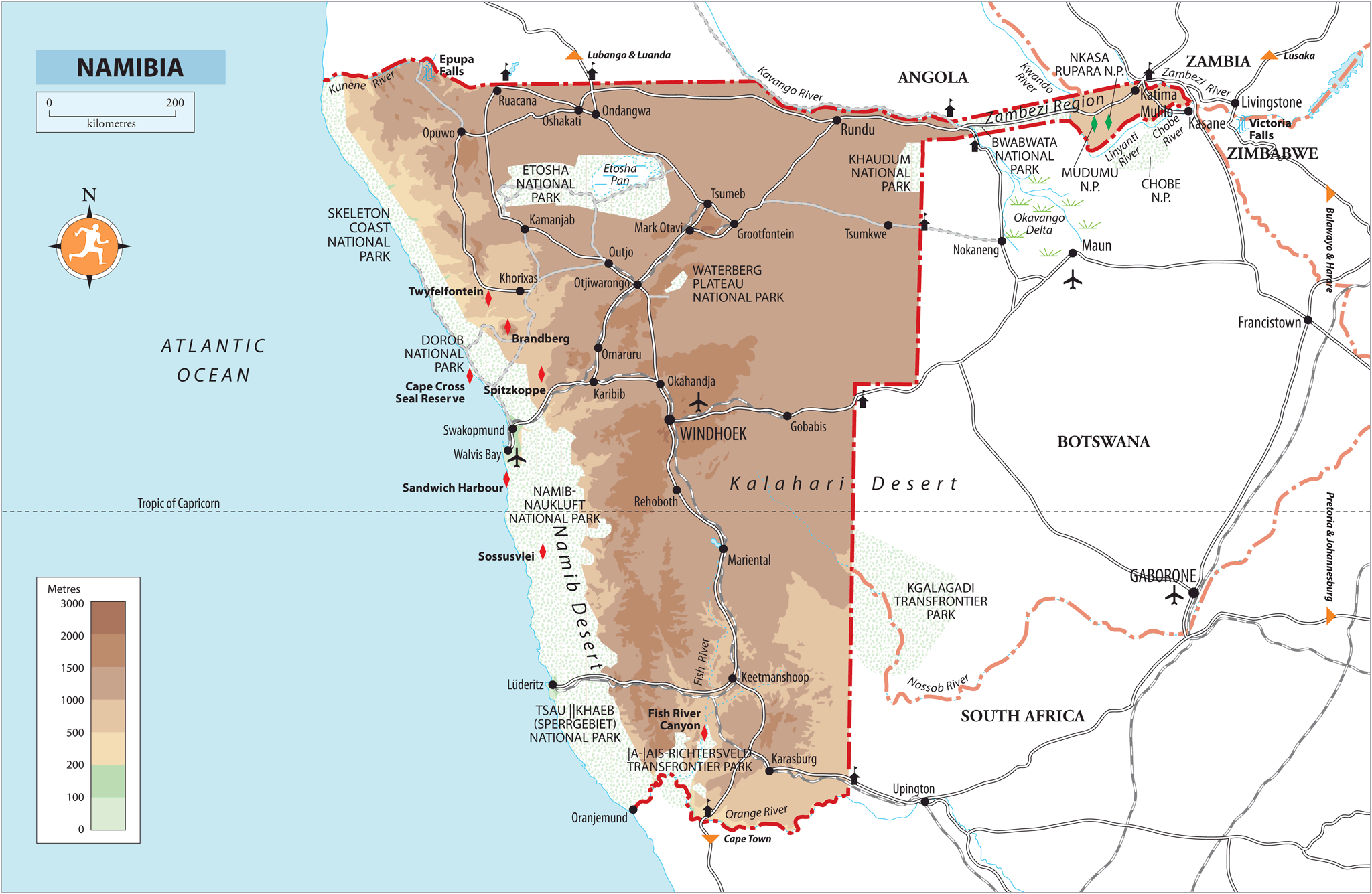
Arguably the most impressive natural wonder in Namibia is the Fish River Canyon, in the far south, which affords breathtaking views across a deep serpentine chasm in the Earths crust, while in the northeast, the impressive sandstone Waterberg Plateau stands sentinel over the surrounding bushveld. At the very north of Namibia, the species-rich wetlands of the Zambezi Region, a 450km arm of luxuriant subtropical forest that stretches out above Botswana towards Zimbabwe and Victoria Falls, provide a wholly different landscape.
While, traditionally, tourists have been drawn to Namibia for its wilderness terrains, the country is now also attracting attention for its wildlife ; specifically, the increasing numbers of rare large mammals that are thriving in the semi-arid areas. Beyond the game-heavy confines of Etosha Namibias premier national park the worlds largest concentrations of free-roaming cheetah stalk the plains, while desert-adapted elephant and black rhino lumber along the valleys and riverbeds of northwest Namibia. In many cases these beasts are protected by conservationists working hand in hand with local communities communities that are also beginning to open up to visitors, who can learn more about these cultures and lifestyles.
The Namib also hosts many extraordinary succulent plants and dune-dwelling endemics especially lizards that have adapted to the harsh conditions, and which have featured in many a nature documentary. In complete contrast, the lush, subtropical Zambezi Region holds almost three-quarters of the countrys bird species and many large mammals not seen elsewhere in the country.
As with most other countries in Africa, Namibias socio-political landscape has been indelibly shaped by colonialism , specifically the regimes of Germany and then South Africa, which resulted in the imposition of apartheid and the Namibian War of Independence that lasted over twenty years. While the adverse effects were considerable and some still endure its true to say that Namibias cuisine has benefited from its colonial past, from cream-laden German cakes, tasty filled brtchen and good coffee, to the dried, cured meats favoured by South Africans. Namibia was one of the last countries in Africa to gain independence in 1990 and it has taken time for the government to realize the countrys tourism potential, just as foreign tourists have been slow to appreciate Namibias haunting scenery, fascinating wildlife and rich cultural diversity. Now, Namibia is becoming established on the tourist map: high-quality, affordable lodges and campgrounds are sprouting up, often in conjunction with local conservancies; rural communities are inviting visitors to learn about their cultures, traditions and modern-day challenges; and new ways of experiencing Namibia are constantly being devised, from skydiving or hot-air ballooning over the desert to tracking rhino or kayaking with crocs.
FACT FILE
- Namibia is the second least densely populated country in the world after Mongolia, with only 2.68 inhabitants per square kilometre.
- Rugby union has been played in Namibia since 1916, and the national team has qualified for the last five world cups.
- On account of low population density and low light pollution, the countrys glittering night sky is one of the worlds top stargazing destinations.
- Though social inequalities are slowly improving, the richest ten percent of the population including the six percent white minority receive over half the national income.
- The Kunene Region has the worlds greatest concentration of black rhinos .
- Over a tenth of the Namibian population from the Nama, Damara and San peoples speak a click language .
- Etosha Pan is Africas largest saline pan , a vast white sheet visible from space.
- Namibias all-time greatest athlete, Frankie Fredericks , held the indoor world 200m record for eighteen years before Usain Bolt broke it in 2014.
Where to go
International flights arrive at Windhoek , the countrys capital and transport hub, conveniently located in the centre of Namibia. A small city, more akin to a provincial town, its a pleasant spot to wander around for a couple of days, taking in the few modest sights, browsing the shops and sampling the local cuisine. From here, you need to plot your route carefully; although the tarred and gravel roads are maintained to high standards in Namibia, the distances are vast, which means you can easily end up spending most of your time getting to places. That said, much of Namibias appeal lies in its vast, uninhabited landscapes, which are best appreciated by driving through them.
Most first-time visitors, and those short of time, travel a circuit round central and northern Namibia, but with a quick detour by Namibian standards southwest to the Sossusvlei area of the Namib-Naukluft National Park , where the towering apricot sand dunes that change colour with the light are truly spectacular. From here many visitors head northwest to enjoy the milder climate and colonial architecture of the countrys top coastal resort, Swakopmund , which lies almost due west of Windhoek. Though no beach hangout its too cold to swim most of the year its a fascinating place, surrounded by dunes that you can explore on foot, on horseback or on a quad bike; its also rapidly emerging as a centre for adventure sports , such as skydiving and sand-boarding. A short excursion south takes you to Walvis Bay , the countrys main port, where you can consort with seals, dolphins and pelicans on the lagoon.

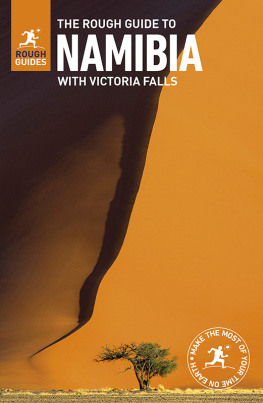

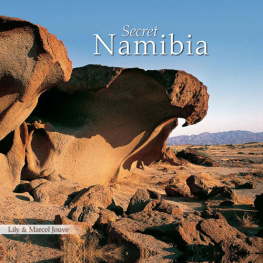
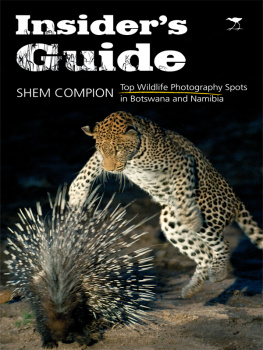
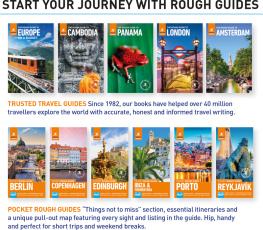
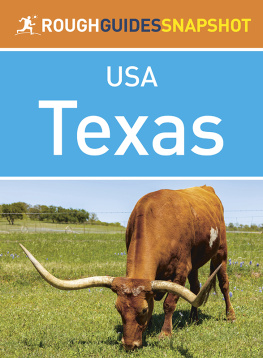
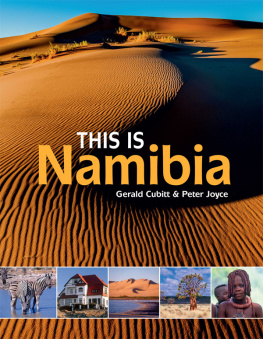
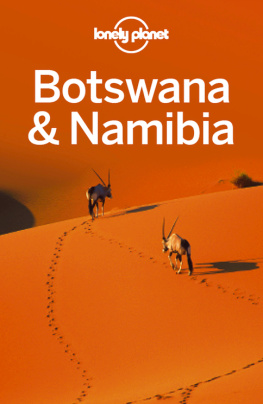
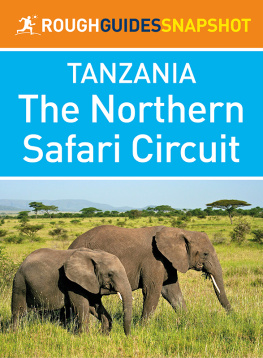
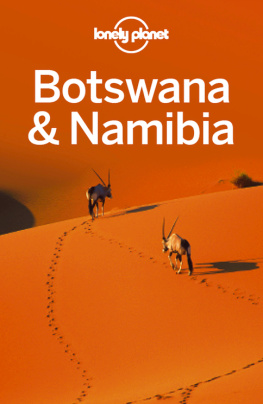

 . You can select your own favourites and create a personalized itinerary by bookmarking the sights, venues and activities that are of interest, giving you the quickest possible access to everything youll need for your time away.
. You can select your own favourites and create a personalized itinerary by bookmarking the sights, venues and activities that are of interest, giving you the quickest possible access to everything youll need for your time away.